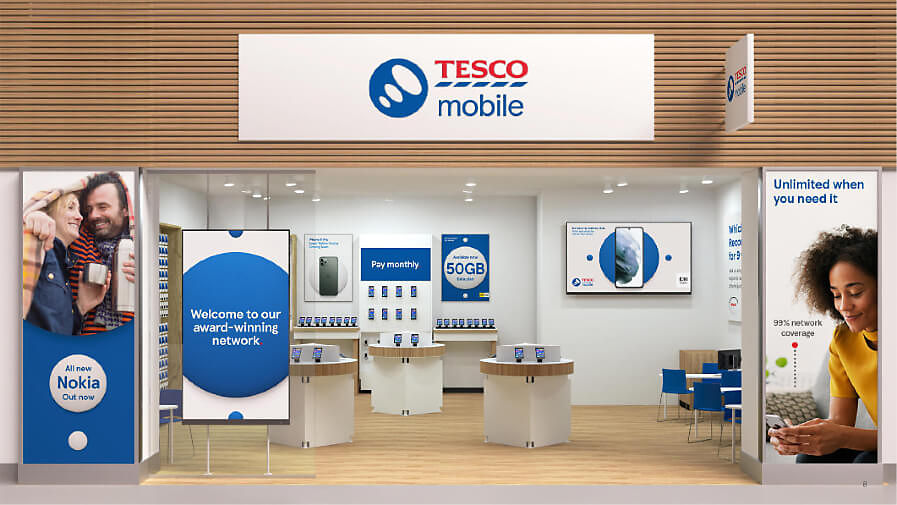Viewpoint: Has the Snapchat bubble burst?
- Wednesday, November 8th, 2017
- Share this article:

Snap is a sinking ship. Snapchat needs fixing fast. Snapchat Spectacles were the worst business decision since New Coke.
That seems to be the consensus in the tech industry today, after Snap posted losses of $443.2m (£337.4m) for its most recent quarter, sending stock prices plummeting. It’s probably an inevitable reaction, given how much we talk up Snapchat as the only platform that matters for reaching the post-millennials, or whatever other ungainly label ends up sticking for Generation Z.
The thing is, though – this isn’t anything new. Snap reported almost exactly the same losses in the previous quarter, and there’s no shortage of stories illustrating that company isn’t all that it’s sometimes made out to be.
Last month, forecasts of Snap’s annual ad revenues were cut by over $125m. Its hardware division reportedly made cuts in September, after disappointing sales of Spectacles. The company has struggled to fill inventory on the Shows video content it added to the Discover section earlier this year.
Snapchat’s Stories feature, influential as it has been on other social apps, is now eclipsed by the equivalent features on Instagram and WhatsApp. In fact, WhatsApp’s Status – a feature that I, an inveterate user of the messaging app, have not only never used but had to Google just now to check what it actually is – is bigger than the entirety of Snapchat, with 250m and 173m DAUs respectively.
Somehow, though, none of this has really seemed to knock the rose-tinted Spectacles from our collective nose. And it’s entirely possible that, within a week, we’ll have moved on from these results and the narrative will be back to Snapchat’s successes.
The reason why its reputation has weathered the assorted storms so well, I suspect, has to do with the selling point that I mentioned earlier. To paraphrase the immortal Ol’ Dirty Bastard: Snapchat is for the children.
According to Piper Jaffray’s autumn 2017 ‘Taking Stock with Teens’ report, Snapchat is named as the preferred social network by 47 per cent of US teens, well ahead of aforementioned rivals like Instagram (24 per cent) and Facebook (nine per cent).
This an extremely attractive demographic for advertisers, and one they want to keep in step with as they grow older. Not only that, but there’s always the fear of growing old and losing touch, which can mean that we give a bit more leeway to any newfangled contraptions that we don’t fully understand.
And it’s not just the users who are young, of course, but the company itself. Snapchat was first launched six years ago, and held its IPO in January. This is a major reason that stories about Snap’s missteps aren’t treated the same way as similar ones about Yahoo or Twitter have been.
Nevertheless, if you wind back a few years, Twitter is a fairly good comparison for where Snap is now. It took the social world by storm, held its IPO, and to date has not reported a single profitable quarter. This is understandable with a young company, but after a few billion dollars of loss, it stops being tolerated, by investors, stakeholders and those of us watching from the sidelines alike.
When that happens, the narrative changes, and a company quickly goes from golden boy to problem child. As Twitter has spent the last year or so discovering, this change is one that’s hard to come back from.
Snap, to its credit, seems to be taking the bad news more seriously than anyone. CEO Evan Spiegel suggested that the app will have a major revamp to make it more welcoming to new users, and it appears to be stepping away from Spectacles, the product that took the company from ‘Snapchat’ to ‘Snap’.
More encouragingly still, it looks to be tackling the criticisms of its ad offering before they develop into a similarly headline-grabbing problem. Already this month, Snapchat has launched a conversion tracking tool to help marketers follow users between devices, and reportedly acquired programmatic data analytics firm Metamarkets.
It’s entirely possible to turn opinion around, as Facebook did after its IPO, transforming from a company that made precisely no money from mobile to one that now relies on the channel for 88 per cent of its ad revenue.
Of course, the importance of all this is a matter of priorities. Perhaps for Snap, it’s more important to be liked by the schoolkids than the stock market – after all, they are its big advantage over the increasingly uncool Facebook. If nothing else, it’s all going to make those first year-end financials a gripping read next February.

















